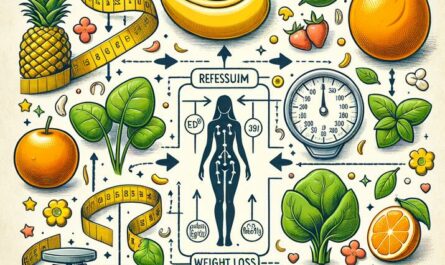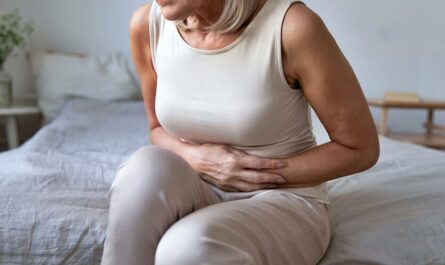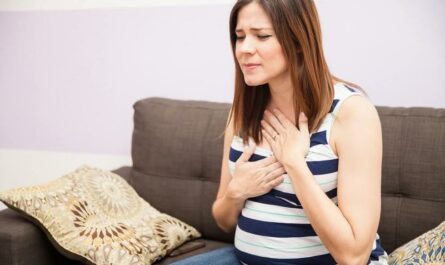Fever blisters, also known as cold sores, are painful and unsightly sores that appear on or around the lips. They are caused by the herpes simplex virus (HSV-1) and can be triggered by various factors such as stress, fatigue, and exposure to sunlight. If you’re looking for natural remedies to help alleviate the discomfort and speed up the healing process, you’ve come to the right place. In this article, we will explore 12 effective natural remedies that can help you get rid of fever blisters.
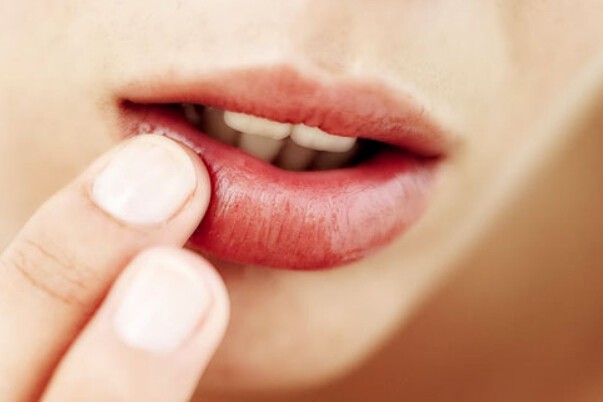
Common Causes of Fever Blister
Understanding these triggers is crucial in managing and preventing fever blister outbreaks. Let’s take a closer look at the common causes of fever blisters:
1. Viral Infection and Transmission
HSV-1 is highly contagious and can be transmitted through direct contact with an infected individual. This contact can occur through oral secretions, such as kissing or sharing utensils, towels, or personal items. It’s important to note that even individuals without visible symptoms can transmit the virus.
2. Weakened Immune System
A weakened immune system can make an individual susceptible to fever blister outbreaks. Factors such as stress, fatigue, illness, or certain medications can compromise the immune system’s ability to control the virus, allowing fever blisters to surface.
3. Sun Exposure
Excessive exposure to sun ultraviolet (UV) radiation can trigger fever blister outbreaks in some individuals. The sun’s rays can weaken the immune system around the lips, leading to the reactivation of the herpes virus and the subsequent development of fever blisters.
4. Hormonal Changes
Hormonal fluctuations, particularly during menstruation or pregnancy, can increase the likelihood of fever blister outbreaks. The shifts in hormone levels affect the body’s immune response, creating an environment conducive to the reactivation of the herpes virus.
5. Emotional Stress
Emotional and physical stress can significantly impact the body’s immune system and trigger fever blister outbreaks. High-stress levels can weaken the immune system’s ability to keep the herpes virus in check, allowing fever blisters to emerge.
6. Trauma or Injury
Any trauma or injury to the lips, such as a cut, bite, or dental work, can trigger fever blister outbreaks. These injuries create an entry point for the herpes virus, enabling it to activate and cause characteristic blisters.
12 Natural Home Remedies to Get Rid of Fever Blister
In this section, we will delve into 12 powerful home remedies that can help you effectively manage and eliminate fever blisters.
1. Aloe Vera Gel
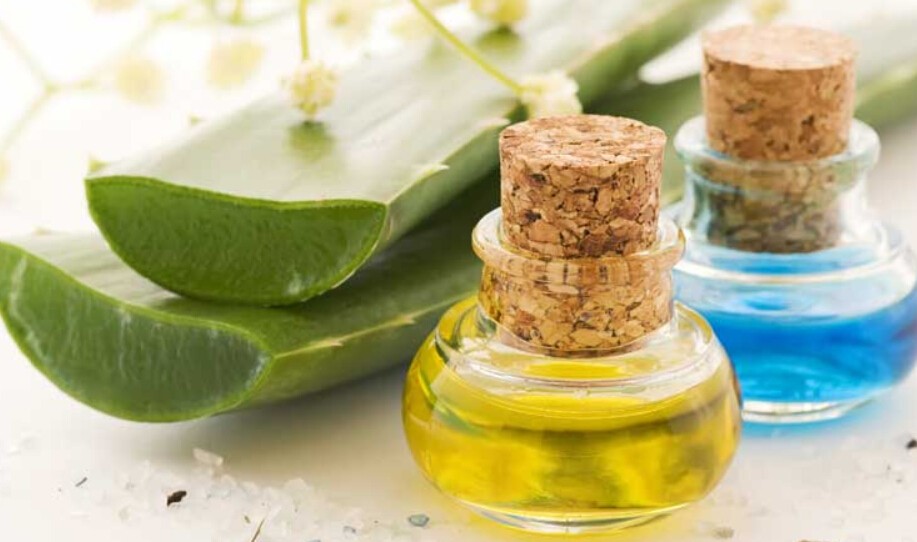
Aloe vera gel is renowned for its soothing and healing properties. It contains vitamins, minerals, and enzymes that aid in reducing inflammation and promoting skin repair. The gel’s antiviral properties may also help inhibit the herpes virus, speeding up the healing process.
- Extract fresh aloe vera gel from an aloe leaf.
- Cleanse the affected area with mild soap and water.
- Apply the aloe vera gel generously to the fever blister using a cotton swab or clean fingertip.
- Let it dry naturally and leave it on for at least 30 minutes.
- Repeat the process three to four times a day until the fever blister heals.
2. Tea Tree Oil
Tea tree oil is well-known for its potent antiviral properties, making it effective in combating the herpes virus. It also has anti-inflammatory and antimicrobial benefits that can help soothe the skin around the fever blister.
- Dilute tea tree oil with carrier oil like coconut oil or almond oil in a 1:3 ratio.
- Clean the affected area with a gentle cleanser.
- Apply the diluted tea tree oil using a cotton ball or swab directly to the fever blister.
- Leave it on for about 10-15 minutes.
- Rinse with water and pat dry.
- Repeat this process twice daily until the fever blister heals.
3. Lemon Balm
Lemon balm, a member of the mint family, contains compounds that have been shown to inhibit the herpes virus. It also has sedative properties that can help reduce pain and discomfort associated with fever blisters.
- Steep lemon balm leaves in hot water to make a strong tea.
- Let the tea cool down, and then soak a clean cloth or cotton ball in it.
- Gently apply the soaked cloth or cotton ball to the fever blister.
- Leave it on for 10-15 minutes.
- Repeat this process several times a day until the fever blister heals.
4. Ice Pack
Applying a cold ice pack to the affected area can help reduce inflammation and pain associated with fever blisters. The cold temperature constricts blood vessels, slowing down viral replication and easing symptoms.
- Wrap a few ice cubes in a clean cloth or place them in a plastic bag.
- Apply the ice pack gently to the fever blister for about 10 minutes.
- Remove the ice pack for a few minutes and then reapply if needed.
- Repeat this process several times a day until the pain subsides.
5. Honey
Honey has natural antibacterial and antiviral properties, making it an excellent home remedy for fever blisters. It also helps keep the affected area moisturized, promoting faster healing.
- Dab a small amount of raw honey onto a cotton swab or fingertip.
- Apply the honey directly to the fever blister.
- Leave it on for at least 30 minutes.
- Rinse with warm water and pat dry.
- Repeat this process several times a day until the fever blister heals.
6. Echinacea
Echinacea is renowned for its immune-boosting properties. Consuming echinacea supplements or tea can help strengthen your body’s defense against the herpes virus, potentially reducing the frequency and severity of fever blister outbreaks.
- Follow the recommended dosage instructions for echinacea supplements or prepare echinacea tea according to package directions.
- Consume echinacea supplements or tea daily to boost your immune system.
7. Licorice Root
Licorice root contains glycyrrhizin, a compound with antiviral effects. Applying licorice root extract or cream to fever, blisters may inhibit viral replication and accelerate the healing process.
- Obtain licorice root extract or cream from a reputable source.
- Apply a small amount directly to the fever blister using a cotton swab or fingertip.
- Leave it on for at least 30 minutes.
- Rinse with water and pat dry.
- Repeat this process twice daily until the fever blister heals.
8. Cornstarch Paste
Creating a paste with cornstarch and water and applying it to the fever blister can help dry it out and reduce oozing. This may help prevent the spread of the virus to other areas.
- Mix cornstarch and water in equal parts to form a paste.
- Cleanse the affected area with mild soap and water.
- Apply the cornstarch paste to the fever blister.
- Let it dry naturally for about 15-20 minutes.
- Rinse with water and pat dry.
- Repeat this process twice daily until the fever blister heals.
9. Eucalyptus Oil
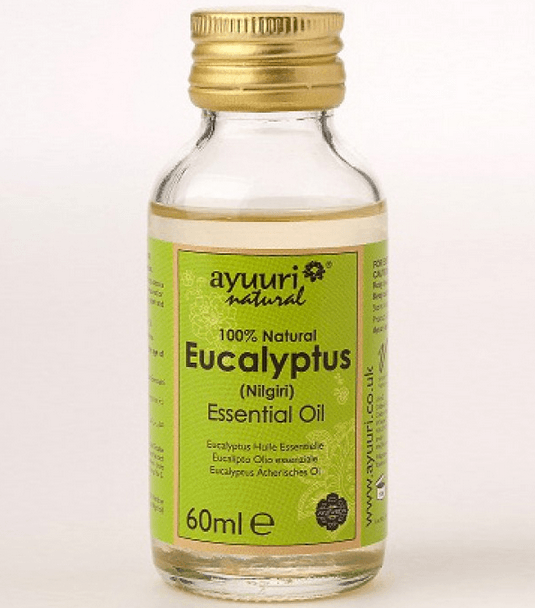
Eucalyptus oil has analgesic properties that can relieve the pain and discomfort caused by fever blisters. Dilute eucalyptus oil with carrier oil and apply it topically to the affected area.
- Dilute eucalyptus oil with carrier oil like coconut oil in a 1:3 ratio.
- Clean the affected area with a gentle cleanser.
- Apply the diluted eucalyptus oil using a cotton ball or swab directly to the fever blister.
- Leave it on for about 10-15 minutes.
- Rinse with water and pat dry.
- Repeat this process twice daily until the fever blister heals.
10. Coconut Oil
Coconut oil is rich in lauric acid, which exhibits antiviral properties. Applying coconut oil to fever, blisters can moisturize the area and support the healing process.
- Cleanse the affected area with mild soap and water.
- Apply coconut oil generously to the fever blister using a cotton swab or clean fingertip.
- Leave it on for at least 30 minutes.
- Repeat the process three to four times a day until the fever blister heals.
11. Oregano Oil
Oregano oil contains carvacrol and thymol, compounds known for their antiviral properties. Diluted oregano oil can be applied topically to fever blisters to help fight the herpes virus.
- Dilute oregano oil with carrier oil like coconut oil in a 1:3 ratio.
- Clean the affected area with a gentle cleanser.
- Apply the diluted oregano oil using a cotton ball or swab directly to the fever blister.
- Leave it on for about 10-15 minutes.
- Rinse with water and pat dry.
- Repeat this process twice daily until the fever blister heals.
12. Lysine
Lysine is an essential amino acid that may help prevent the replication of the herpes virus. Consuming lysine-rich foods or supplements regularly may reduce the frequency of fever blister outbreaks.
- Incorporate lysine-rich foods into your diet, such as poultry, fish, dairy products, and legumes.
- Alternatively, consult a healthcare professional to determine the appropriate dosage for lysine supplements.
How to Prevent Fever Blisters in the Future?
1. Maintain Good Oral Hygiene
Maintaining good oral hygiene is crucial in preventing fever blisters. Regularly brush your teeth, floss, and use mouthwash to keep your mouth clean. A clean and healthy mouth reduces the chances of bacterial or viral infections that can trigger fever blisters.
2. Use Sunscreen on Lips
Exposure to sunlight can activate the herpes simplex virus, leading to fever blister outbreaks. To protect your lips, apply a lip balm with SPF regularly, especially when spending time outdoors. This simple precaution can go a long way in preventing future fever blisters.
3. Consider Stress-Relief Techniques
Stress is a significant contributor to fever blister outbreaks. Engage in activities that help you relax and reduce stress, such as spending time with loved ones, pursuing hobbies, or enjoying nature.
4. Boost Your Immune System
A strong immune system can effectively suppress the herpes simplex virus, minimizing the risk of fever blister recurrences.
Eat a balanced diet rich in fruits, vegetables, and immune-boosting nutrients like vitamin C and zinc. Regular exercise and adequate sleep also contribute to a robust immune system.
5. Avoid Sharing Personal Items
Fever blisters are highly contagious. Avoid sharing personal items such as lip balms, utensils, or towels with others. This prevents the transmission of the herpes simplex virus and reduces the chance of developing fever blisters.
6. Manage Hormonal Changes
Hormonal fluctuations, particularly during menstruation, can trigger fever blisters in some individuals. If you notice a pattern of outbreaks during certain times of your menstrual cycle, talk to your healthcare provider about potential solutions.
7. Limit Spicy and Acidic Foods
Spicy and acidic foods can irritate the skin around the lips, making it more susceptible to fever blisters. Limit your consumption of such foods to reduce the risk of future outbreaks.
8. Stay Hydrated
Drinking plenty of water throughout the day is essential for overall health and can aid in preventing fever blisters. Proper hydration keeps your skin and lips moisturized, reducing the likelihood of cracks or sores that could lead to outbreaks.
9. Avoid Cold Sore Triggers
Identify and avoid specific triggers that cause your fever blisters to recur. Common triggers include excessive sun exposure, stress, fatigue, and certain foods. By steering clear of these triggers, you can significantly reduce the chances of future fever blister outbreaks.
10. Apply Ice or Cold Compress
At the first sign of tingling or itching that precedes a fever blister outbreak, apply ice or a cold compress to the affected area. Cold therapy can help reduce inflammation and may prevent the blister from fully developing.
11. Consider Antiviral Medication
If you experience frequent or severe fever blister outbreaks, consult a healthcare professional. They may prescribe antiviral medication to reduce the frequency and severity of future outbreaks.
12. Don’t Touch or Pick at Blisters
Resist the urge to touch or pick at fever blisters, as this can worsen the condition and increase the risk of spreading the virus. Keeping your hands away from the affected area will promote faster healing and prevent additional infections.
13. Follow a Healthy Lifestyle
Adopting a healthy lifestyle can positively impact your overall well-being and prevent fever blisters. Avoid smoking and excessive alcohol consumption, as they can weaken your immune system and make you more susceptible to outbreaks.
14. Avoid Overexposure to Cold Weather
Cold weather can trigger fever blisters in some individuals. When temperatures drop, keep your lips protected with a scarf or a moisturizing lip balm.
15. Mind Your Diet
Maintaining a healthy and balanced diet plays a crucial role in preventing fever blisters. Avoid excessive consumption of sugary and processed foods, as they can weaken your immune system and promote virus activity.
16. Avoid Touching Your Face
Touching your face, especially around your mouth, can transfer the herpes simplex virus and lead to fever blisters. Be conscious of this habit and try to avoid touching your face unnecessarily.
FAQs
1. Can fever blisters be cured completely?
Unfortunately, there is no cure for fever blisters. However, with proper management and natural remedies, you can alleviate the symptoms, speed up the healing process, and reduce their frequency.
2. Can I pop a fever blister?
It is not recommended to pop a fever blister as it can lead to infection and slow the healing process. Allow the blister to heal naturally, and avoid picking or touching it.
3. Are fever blisters contagious?
Yes, fever blisters are highly contagious. They can be spread through direct contact with the blister or through saliva. It is important to avoid close contact with others and practice good hygiene to prevent the spread of the virus.
4. How long do fever blisters typically last?
Fever blisters usually last for about 7 to 10 days. However, with natural remedies and proper care, you can help reduce the duration and severity of the outbreak.
5. Can I apply makeup on a fever blister?
It is best to avoid applying makeup on a fever blister as it can worsen the condition and delay healing. Makeup can also introduce bacteria, leading to infection.
6. When should I see a doctor?
If your fever blister does not show signs of improvement after two weeks, becomes increasingly painful, or is accompanied by other symptoms such as fever or swollen lymph nodes, it is recommended to consult a healthcare professional.

